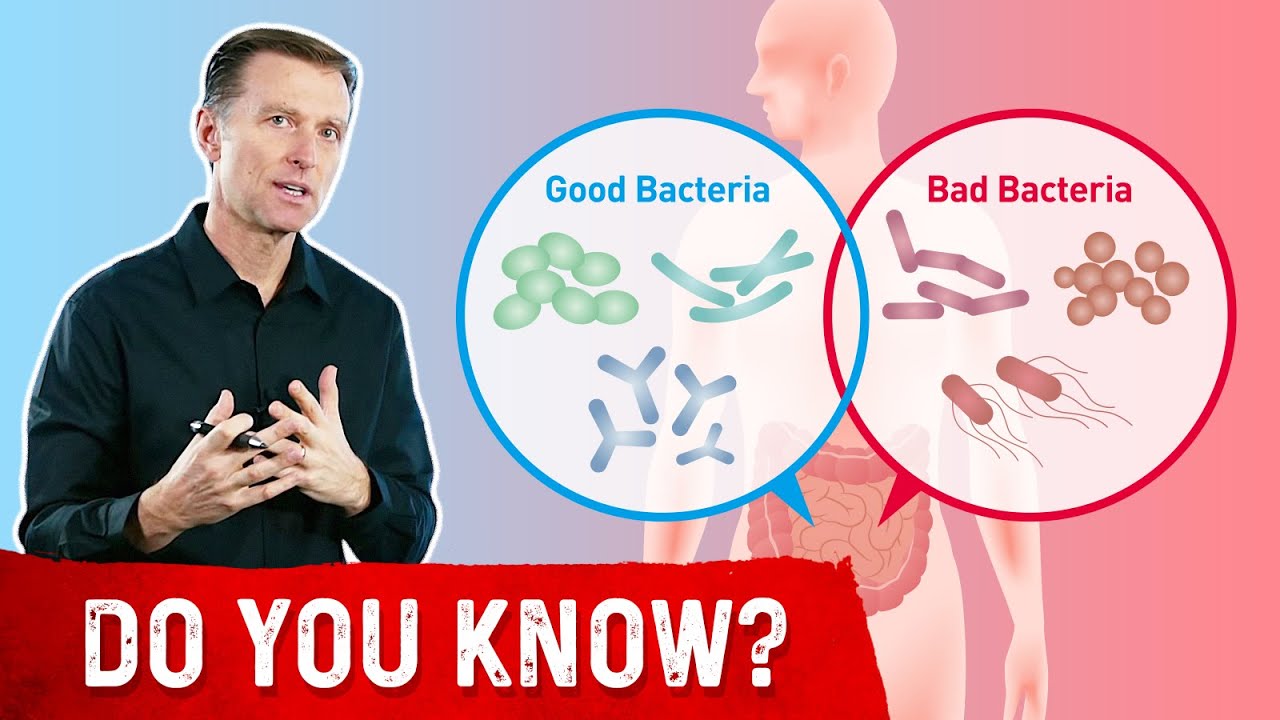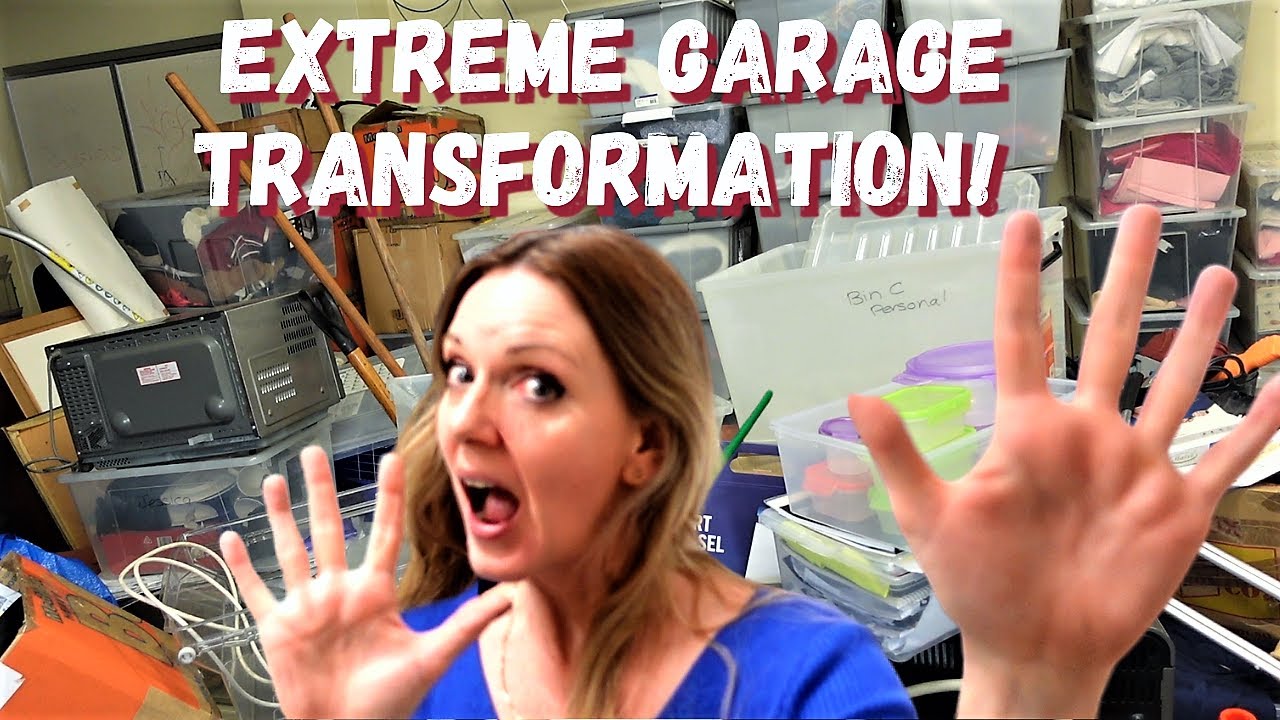Dr. Berg’s Liquid Probiotic ➜ ➜ https://shop.drberg.com/friendly-bacteria-probiotic
ADD YOUR SUCCESS STORY HERE:
https://www.drberg.com/add-client-success-story?utm_source=youtube&utm_medium=description
FREE COURSE➜ ➜ http://bit.ly/BulletproofImmuneSystemCourse
Talk to a Dr. Berg Keto Consultant today and get the help you need on your journey. Call 1-540-299-1556 with your questions about Keto, Intermittent Fasting or the use of Dr. Berg products. Consultants are available Monday through Friday from 8 am to 10 pm EST. Saturday & Sunday from 9 am to 6 pm EST. USA Only.
DATA:
https://www.sciencedaily.com/releases/2021/02/210212111914.htm
How to Relax: https://youtu.be/xlwC5-3iMXw
Find out what makes harmless bacteria turn bad.
Timestamps
0:00 Good and bad bacteria
1:10 What makes good bacteria turn bad?
3:18 Stress and the immune system
4:33 How to prevent bad bacteria
5:35 Share your success story!
Let’s talk about what makes good bacteria turn bad. Some bacteria do a lot of good things for us. Other bacteria are neutral. They don’t harm or help the body. But, sometimes, harmless bacteria will flip and become harmful.
The key factor that changes good bacteria into bad bacteria is their environment. Things like changes in pH, oxidative stress, temperature, and chemicals can affect the environment in the body.
Depending on what you eat, the environment in your body can change drastically. Antibiotics can also change the body’s environment very fast.
When bacteria are stressed because of environmental pressures, they develop colonies and protect themselves with biofilms. Biofilms are difficult to get rid of, and they’re linked to many different diseases.
When the body is under stress, the immune system becomes weakened. This makes us very susceptible to pathogens and developing infections. Out of all of the things that can harm us from an infection, I think the biggest factor is stress.
How to help prevent pathogens:
1. Make sure the environment your microbes live in is very friendly
2. Only take an antibiotic if you absolutely need it
3. If you take an antibiotic, also take a probiotic
4. Do whatever you can to minimize your stress level
5. Make sure your diet is very good (do healthy keto)
6. Do intermittent fasting
Dr. Eric Berg DC Bio:
Dr. Berg, age 56, is a chiropractor who specializes in Healthy Ketosis & Intermittent Fasting. He is the author of the best-selling book The Healthy Keto Plan, and is the Director of Dr. Berg Nutritionals. He no longer practices, but focuses on health education through social media.
DR. BERG’S SHOP: http://shop.drberg.com/
Follow us on FACEBOOK: https://fb.me/DrEricBerg
Send a Message to his team: https://m.me/DrEricBerg
ABOUT DR. BERG: https://www.drberg.com/dr-eric-berg/bio
Disclaimer:
Dr. Eric Berg received his Doctor of Chiropractic degree from Palmer College of Chiropractic in 1988. His use of “doctor” or “Dr.” in relation to himself solely refers to that degree. Dr. Berg is a licensed chiropractor in Virginia, California, and Louisiana, but he no longer practices chiropractic in any state and does not see patients so he can focus on educating people as a full time activity, yet he maintains an active license. This video is for general informational purposes only. It should not be used to self-diagnose and it is not a substitute for a medical exam, cure, treatment, diagnosis, and prescription or recommendation. It does not create a doctor-patient relationship between Dr. Berg and you. You should not make any change in your health regimen or diet before first consulting a physician and obtaining a medical exam, diagnosis, and recommendation. Always seek the advice of a physician or other qualified health provider with any questions you may have regarding a medical condition. The Health & Wellness, Dr. Berg Nutritionals and Dr. Eric Berg, D.C. are not liable or responsible for any advice, course of treatment, diagnosis or any other information, services or product you obtain through this video or site.
#keto #ketodiet #weightloss #ketolifestyle
Thanks for watching! I hope this helps explain what makes good bacteria turn bad.
source



